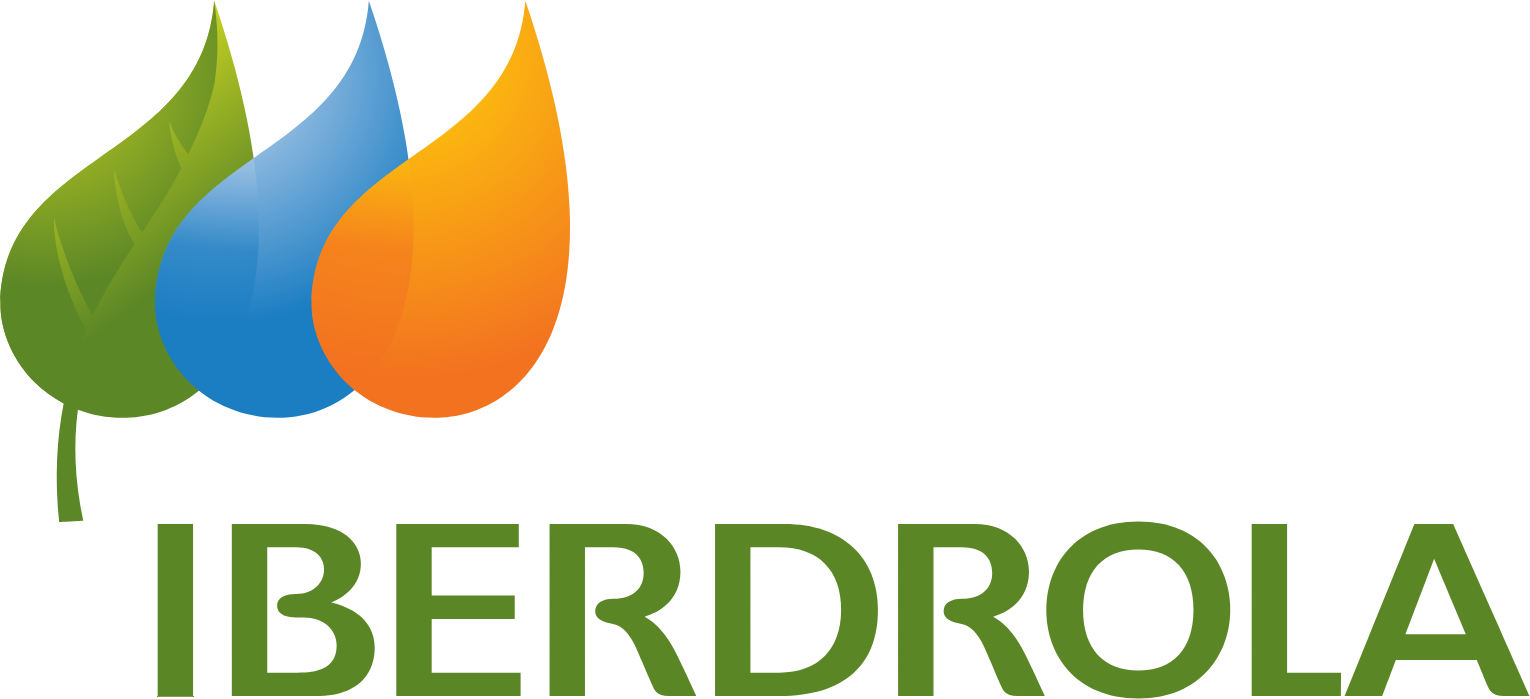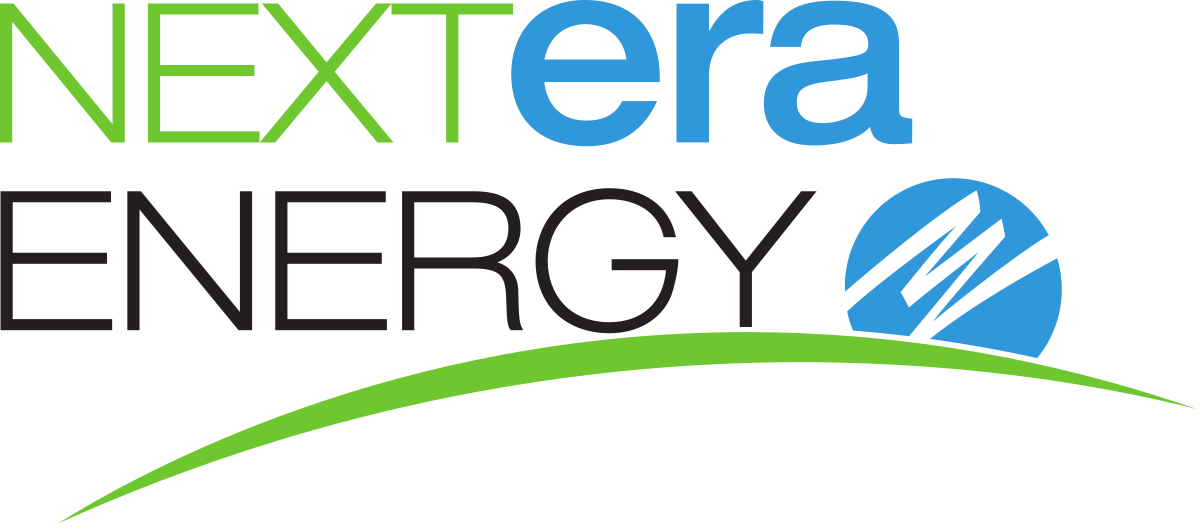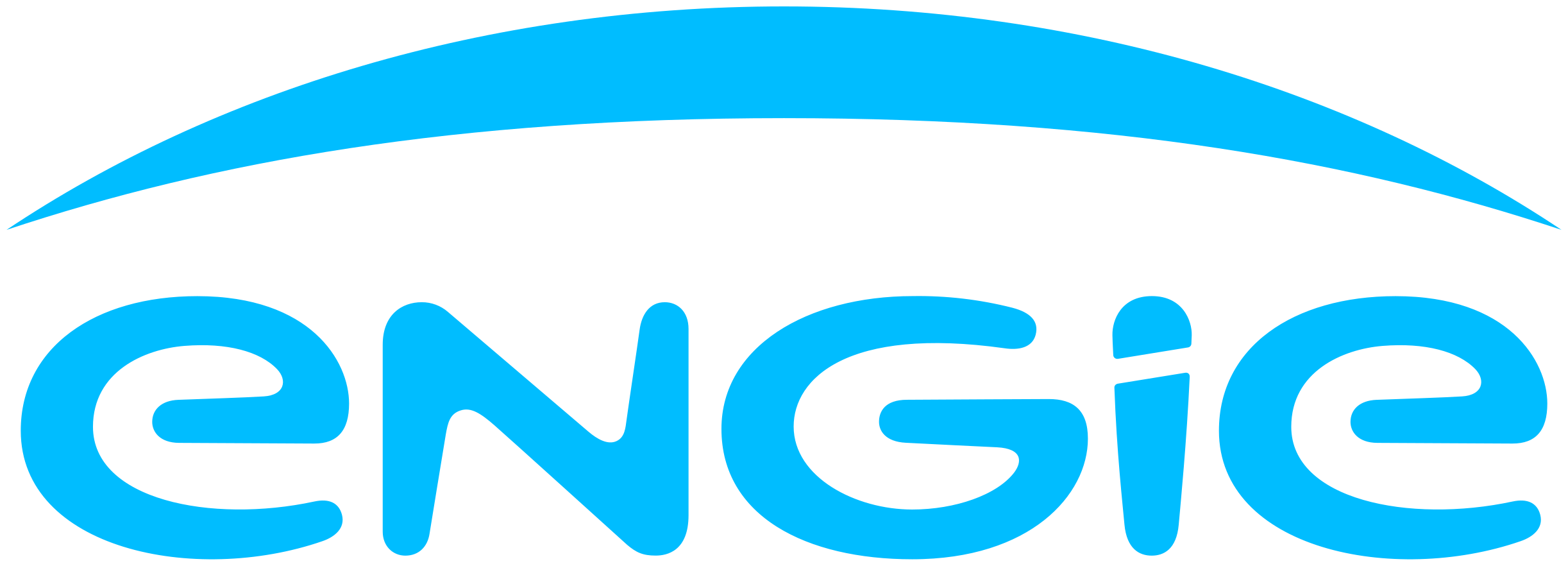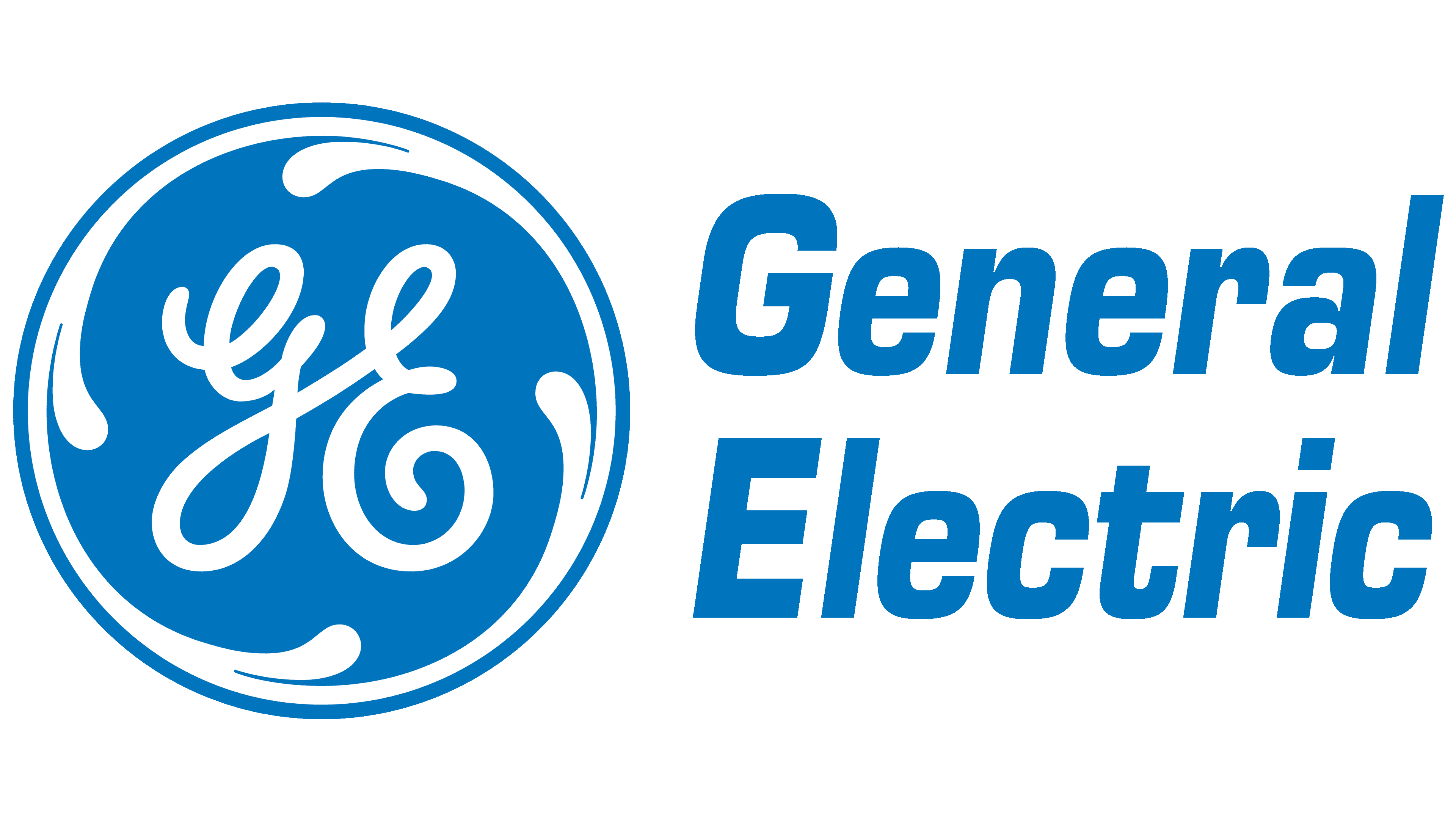Global Solid Oxide Fuel Cell Market By Type, By Component, By Application, By End User, By Region: Global Insights, Growth, Size, Comparative Analysis, Trends and Forecast, 2023 – 2031
- Industry: Energy & Power
- Report ID: TNR-110-1031
- Number of Pages: 420
- Table/Charts : Yes
- November, 2023
- Base Year : 2024
- No. of Companies : 11+
- No. of Countries : 29
- Views : 10220
- Covid Impact Covered: Yes
- War Impact Covered: Yes
- Formats : PDF, Excel, PPT
Global Solid Oxide Fuel Cell Market was valued at US$ 1.43 Billion in 2022, growing at an estimated CAGR of 29.8% from 2023-2031.
The solid oxide fuel cell (SOFC) is an electrochemical device designed to efficiently convert the chemical energy stored in fuel into electrical power. It uses a solid oxide electrolyte to conduct oxygen ions from the cathode to the anode, where they react with the fuel to produce electricity and water. Solid oxide fuel cells can operate at high temperatures (up to 1,000°C), which makes them efficient and fuel-flexible. They are also relatively low-maintenance and have long lifetimes.
The planar solid oxide fuel cell technology has shown steady growth and adoption in various applications due to its advantages such as high power density, lower operating temperatures, and scalability. Planar solid oxide fuel cells are particularly suitable for portable and small-scale applications.
COVID-19 Impact Analysis on Global Solid Oxide Fuel Cell Market
Uncertainties and lockdown measures imposed by various countries resulted in decreased industrial activities and energy consumption. This reduction in demand for energy-intensive applications impacted the adoption of solid oxide fuel cell systems in sectors such as power generation and heavy industries.
Global Solid Oxide Fuel Cell Market Revenue & Forecast, (US$ Million), 2015 – 2031

Governments worldwide have been offering various financial incentives, tax benefits, and subsidies to promote the adoption of clean energy technologies, including solid oxide fuel cells. According to a report by the International Energy Agency (IEA), over 150 countries have implemented renewable energy support policies as of 2021, with financial incentives being a significant part of these policies. Such support encourages investments in solid oxide fuel cell research, development, and deployment, fostering market growth and driving innovation in the sector. One of the major restraints hindering the widespread adoption of solid oxide fuel cell technology is the high initial investment required for installation and setup.
The cost of manufacturing solid oxide fuel cell systems, which involves advanced materials and intricate fabrication processes, contributes to the higher upfront expenses. Additionally, the infrastructure and supporting systems needed to integrate solid oxide fuel cells into existing energy grids can be substantial. While operational savings and long-term benefits are evident, the significant initial costs may deter some potential adopters, slowing down market growth.
 Stationary applications, such as power generation for residential, commercial, and industrial purposes, have been the dominant segment in the solid oxide fuel cell market. Solid oxide fuel cells offer advantages in stationary power generation due to their high efficiency, low emissions, and ability to utilize a variety of fuels. They have been used in Combined Heat and Power (CHP) systems and as backup power sources for critical infrastructure. Stationary applications have witnessed significant interest and investments from industries and governments alike, contributing to their dominance in the market.
Stationary applications, such as power generation for residential, commercial, and industrial purposes, have been the dominant segment in the solid oxide fuel cell market. Solid oxide fuel cells offer advantages in stationary power generation due to their high efficiency, low emissions, and ability to utilize a variety of fuels. They have been used in Combined Heat and Power (CHP) systems and as backup power sources for critical infrastructure. Stationary applications have witnessed significant interest and investments from industries and governments alike, contributing to their dominance in the market.
 The Asia Pacific region, particularly countries like Japan, South Korea, and China, dominated the global solid oxide fuel cell market in 2022. These countries have made substantial investments in clean energy technologies and have a strong focus on reducing carbon emissions and achieving energy sustainability. Government initiatives, supportive policies, and research investments have accelerated the adoption of solid oxide fuel cell technology in the region.
The Asia Pacific region, particularly countries like Japan, South Korea, and China, dominated the global solid oxide fuel cell market in 2022. These countries have made substantial investments in clean energy technologies and have a strong focus on reducing carbon emissions and achieving energy sustainability. Government initiatives, supportive policies, and research investments have accelerated the adoption of solid oxide fuel cell technology in the region.
Competitive Landscape: Global Solid Oxide Fuel Cell Market
- AISIN CORPORATION
- Bloom Energy
- Ceres
- Convion Ltd.
- Elcogen As
- HEI Power System Private Limited
- Hitachi Zosen Corporation
- Kyocera Corporation
- Mitsubishi Power
- Miura Co., Ltd.
- Solidpower S.P.A
- Sunfire GmbH
- Upstart Power, Inc.
- Watt Fuel Cell Corporation
- Other Industry Participants
Global Solid Oxide Fuel Cell Market Key Pointers:
| Report Specifications | Details |
| Market Revenue in 2022 | US$ 1.43 Bn |
| Market Size Forecast by 2031 | US$ 8.2 Bn |
| Growth Rate (CAGR) | 29.8% |
| Historic Data | 2015 – 2021 |
| Base Year for Estimation | 2022 |
| Forecast Period | 2023 – 2031 |
| Report Inclusions | Market Size & Estimates, Market Dynamics, Competitive Scenario, Trends, Growth Factors, Market Determinants, Key Investment Segmentation, Product/Service/Solutions Benchmarking |
| Segments Covered | By Type, By Component, By Application, By End User |
| Regions Covered | North America, Europe, Asia Pacific, Middle East & Africa, Latin America |
| Countries Covered | U.S., Canada, Mexico, Rest of North America, France, The UK, Spain, Germany, Italy, Nordic Countries (Denmark, Finland, Iceland, Sweden, Norway), Benelux Union (Belgium, The Netherlands, Luxembourg), Rest of Europe, China, Japan, India, New Zealand, Australia, South Korea, Southeast Asia (Indonesia, Thailand, Malaysia, Singapore, Rest of Southeast Asia), Rest of Asia Pacific, Saudi Arabia, UAE, Egypt, Kuwait, South Africa, Rest of Middle East & Africa, Brazil, Argentina, Rest of Latin America |
| Key Players | AISIN CORPORATION, Bloom Energy, Ceres, Convion Ltd., Elcogen As, HEI Power System Private Limited, Hitachi Zosen Corporation, Kyocera Corporation, Mitsubishi Power, Miura Co., Ltd., Solidpower S.P.A, Sunfire GmbH, Upstart Power, Inc., Watt Fuel Cell Corporation, Other market participants |
| Customization Scope | Customization allows for the inclusion/modification of content pertaining to geographical regions, countries, and specific market segments. |
| Pricing & Procurement Options | Explore purchase options tailored to your specific research requirements |
| Contact Details | Consult With Our Expert
Japan (Toll-Free): +81 663-386-8111 South Korea (Toll-Free): +82-808- 703-126 Saudi Arabia (Toll-Free): +966 800-850-1643 United Kingdom: +44 753-710-5080 United States: +1 302-232-5106 E-mail: askanexpert@thenicheresearch.com
|
Global Solid Oxide Fuel Cell Market:
By Type
- Planar
- Tubular
By Component
- Stack
- Balance of Plant (BoP)
By Application
- Portable
- Stationary
- Transport
By End User
- Residential
- Commercial & Industrial
- Data Centers
- Military & Defense
By Region
- North America (U.S., Canada, Mexico, Rest of North America)
- Europe (France, The UK, Spain, Germany, Italy, Nordic Countries (Denmark, Finland, Iceland, Sweden, Norway), Benelux Union (Belgium, The Netherlands, Luxembourg), Rest of Europe
- Asia Pacific (China, Japan, India, New Zealand, Australia, South Korea, Southeast Asia (Indonesia, Thailand, Malaysia, Singapore, Rest of Southeast Asia), Rest of Asia Pacific)
- Middle East & Africa (Saudi Arabia, UAE, Egypt, Kuwait, South Africa, Rest of Middle East & Africa)
- Latin America (Brazil, Argentina, Rest of Latin America)
Report Snapshot

Table of Contents
Note: This ToC is tentative and can be changed according to the research study conducted during the course of report completion
**Exclusive for Multi-User and Enterprise User.
Global Solid Oxide Fuel Cell Market:
By Type
By Component
By Application
By End User
By Region
Note: This ToC is tentative and can be changed according to the research study conducted during the course of report completion
**Exclusive for Multi-User and Enterprise User.
The Niche Research approach encompasses both primary and secondary research methods to provide comprehensive insights. While primary research is the cornerstone of our studies, we also incorporate secondary research sources such as company annual reports, premium industry databases, press releases, industry journals, and white papers.
Within our primary research, we actively engage with various industry stakeholders, conducting paid interviews and surveys. Our meticulous analysis extends to every market participant in major countries, allowing us to thoroughly examine their portfolios, calculate market shares, and segment revenues.
Our data collection primarily focuses on individual countries within our research scope, enabling us to estimate regional market sizes. Typically, we employ a bottom-up approach, meticulously tracking trends in different countries. We analyze growth drivers, constraints, technological innovations, and opportunities for each country, ultimately arriving at regional figures.Our process begins by examining the growth prospects of each country. Building upon these insights, we project growth and trends for the entire region. Finally, we utilize our proprietary model to refine estimations and forecasts.
Our data validation standards are integral to ensuring the reliability and accuracy of our research findings. Here’s a breakdown of our data validation processes and the stakeholders we engage with during our primary research:
- Supply Side Analysis: We initiate a supply side analysis by directly contacting market participants, through telephonic interviews and questionnaires containing both open-ended and close-ended questions. We gather information on their portfolios, segment revenues, developments, and growth strategies.
- Demand Side Analysis: To gain insights into adoption trends and consumer preferences, we reach out to target customers and users (non-vendors). This information forms a vital part of the qualitative analysis section of our reports, covering market dynamics, adoption trends, consumer behavior, spending patterns, and other related aspects.
- Consultant Insights: We tap into the expertise of our partner consultants from around the world to obtain their unique viewpoints and perspectives. Their insights contribute to a well-rounded understanding of the markets under investigation.
- In-House Validation: To ensure data accuracy and reliability, we conduct cross-validation of data points and information through our in-house team of consultants and utilize advanced data modeling tools for thorough verification.
The forecasts we provide are based on a comprehensive assessment of various factors, including:
- Market Trends and Past Performance (Last Five Years): We accurately analyze market trends and performance data from preceding five years to identify historical patterns and understand the market’s evolution.
- Historical Performance and Growth of Market Participants: We assess the historical performance and growth trajectories of key market participants. This analysis provides insights into the competitive landscape and individual company strategies.
- Market Determinants Impact Analysis (Next Eight Years): We conduct a rigorous analysis of the factors that are projected to influence the market over the next eight years. This includes assessing both internal and external determinants that can shape market dynamics.
- Drivers and Challenges for the Forecast Period:Identify the factors expected to drive market growth during the forecast period, as well as the challenges that the industry may face. This analysis aids in deriving an accurate growth rate projection.
- New Acquisitions, Collaborations, or Partnerships: We keep a close watch on any new acquisitions, collaborations, or partnerships within the industry. These developments can have a significant impact on market dynamics and competitiveness.
- Macro and Micro Factors Analysis:A thorough examination of both macro-level factors (e.g., economic trends, regulatory changes) and micro-level factors (e.g., technological advancements, consumer preferences) that may influence the market during the forecast period.
- End-User Sentiment Analysis: To understand the market from the end-user perspective, we conduct sentiment analysis. This involves assessing the sentiment, preferences, and feedback of the end-users, which can provide valuable insights into market trends.
- Perspective of Primary Participants: Insights gathered directly from primary research participants play a crucial role in shaping our forecasts. Their perspectives and experiences provide valuable qualitative data.
- Year-on-Year Growth Trend: We utilize a year-on-year growth trend based on historical market growth and expected future trends. This helps in formulating our growth projections, aligning them with the market’s historical performance.
Research process adopted by TNR involves multiple stages, including data collection, validation, quality checks, and presentation. It’s crucial that the data and information we provide add value to your existing market understanding and expertise. We have also established partnerships with business consulting, research, and survey organizations across regions and globally to collaborate on regional analysis and data validation, ensuring the highest level of accuracy and reliability in our reports.










